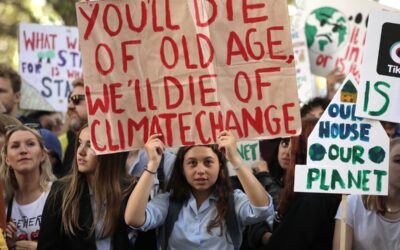Lawrence Haddad, the thoughtful Director of the Institute of Development Studies at the University of Sussex, has published a list of eight events and trends to watch out for in 2008: here it is. All eight are interesting, but none more so than Haddad’s discussion of a largely unnoticed event last year: the World Bank’s quiet revision of Purchasing Power Parity (PPP) estimates for developing countries.
The new calculations involved big downward revisions for China, India and Brazil GDP after PPP is factored in. In Africa, thirteen countries were revised upwards – and thirty three downwards. According to Haddad, the new estimates will “significantly increase the estimates of those living under a dollar a day in Africa, Asia and Latin America”. While the new figures don’t contradict the basic reality of strong economic growth in emerging economies, Haddad notes that they do…
1. accentuate inter-country estimates of inequality (the rich country GDP estimates were largely unchanged), thus changing the dynamic of discussions around climate and trade.
2. force us to question our assumptions about the elasticity of poverty reduction with respect to economic growth. Has it changed in the last 5 years? This is a key question to be answered given the new development cooperation focus on various forms of economic growth.
3. force us to think about the newly increased number of poor within China and India – are they really living in the midst of a sea with a rising tide that will lift them out of poverty or are they caught in an inequality trap that is every bit as unforgiving as the traps in which Paul Collier’s bottom billion are caught?
If one thing’s missing for me on Haddad’s list, it’s scarcity trends. Rising oil prices and rising food prices are already causing real problems for developing countries that rely on imports of fuel or food – c.f. the IEA’s pronouncement between Christmas and new year that oil prices alone have already offset increased aid and debt relief to African non-oil producers over the last three years.
A pronounced downturn in the US and other western economies may ease the pressure in the shorter term – but the long term trends still look tough for developing countries. As I argued in my presentation last year to the PM’s Strategy Unit on international implications of rising food prices, donors need to pay a lot more attention to scarcity – and resilience to scarcity shocks.



